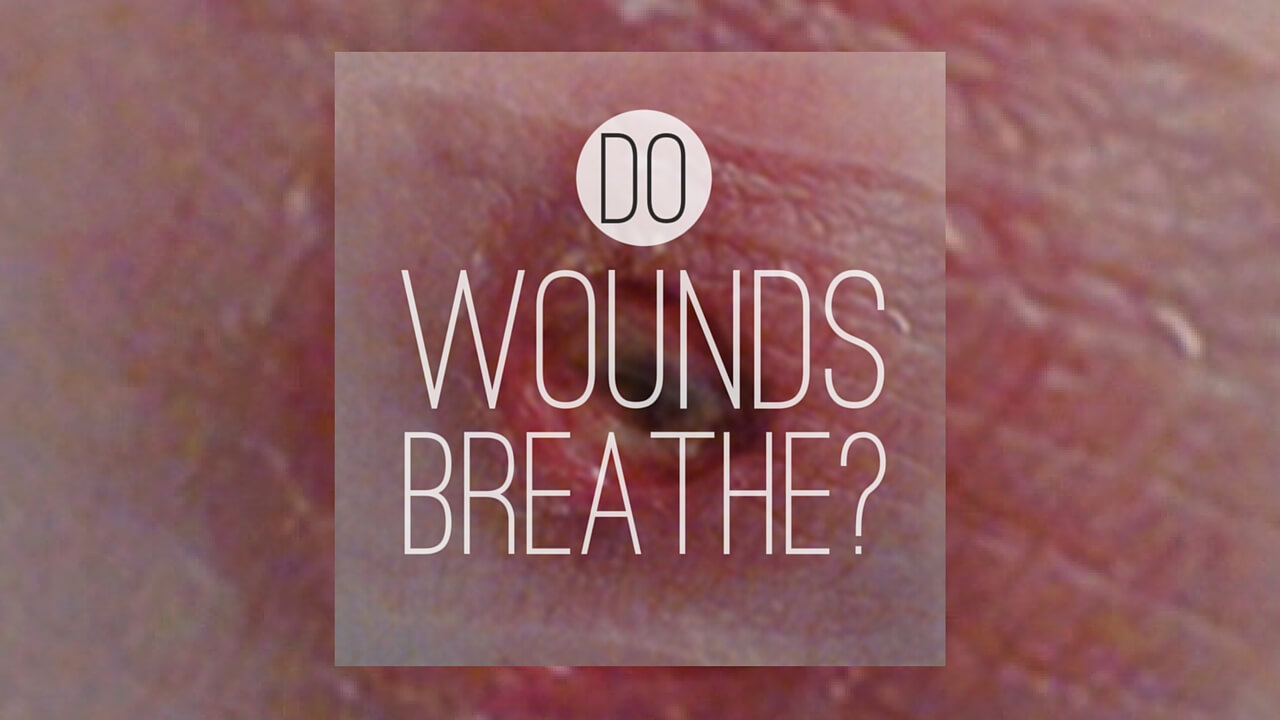The truth about moist wound healing, related cost savings, and the risks of keeping wounds dry.
When you were a kid, you probably had your share of cuts, scrapes and other childhood wounds that required a good old-fashioned bandage. And somewhere along the way you were most likely told to “… take the bandage off to let it breathe.” This advice, which essentially is what we now call dry wound healing, surely came from a parent, well-intentioned friend, or perhaps even a health professional.
Today, we know better. Thanks to lots of research and a better understanding of wound treatments, we know that in most cases, moist wound healing is the better way to go.
History of Moist Wound Healing
In the early ‘60s, while parents, caregivers and clinicians were commonly telling patients to just “let it breathe,” British-born pioneer Dr. George Winter decided to conduct a little research on the subject. His findings demonstrated that moist wounds healed faster, which flew in the face of conventional wisdom at the time – that dry and scabbed wounds promoted healing.
Winter’s research ultimately changed minds, and led to what is now considered a principle practice: moist wound healing. In fact, his work revealed that wounds heal twice as fast when placed in a moist environment.
Moist Wound Healing Today
While it’s been a long time since Winter’s research served to shift wound care practices away from the dry and scabby kind, there are still a number of uneducated clinicians who continue this outdated approach, ignoring the increased risk of bacterial infection. Some even believe that dry wound care is better because it’s cheaper – saving money on bandages and other supplies.
Not only is this approach short-sighted, it’s incredibly negligent. Responsible clinicians know that when it comes to wounds:
- Optimum healing occurs when the wound temperature is near normal body temperature.
- Even a 2°C drop in temperature can delay wound healing for up to four hours.
- Oxygen is needed for every phase of wound healing.
- Cooling the wound by leaving it uncovered will cause vasoconstriction and decrease the oxygen available for white blood cells to fight off infection.
- Uncovered wounds lead to higher risks of infection and prolonged healing rates.
What About the Cost?
Sometimes old-school clinicians argue that dry wound healing is cheaper, and worth the risks involved. This theory doesn’t hold water considering that one single infection will negate any cost savings there might have been, plus this puts patients at risk for sepsis or a number of other preventable complications.
The dressings required to keep a wound covered, warm and moist are actually not expensive, and are considered the standard of care today. To ignore or reject this approach is foolish, and places practitioners at legal risk should it result in a bad outcome.
But What About Acute Wounds?
There are exceptions to moist wound healing, and this includes the treatment of acute wounds. According to the Centers for Disease Control and Preventions (CDC), once an incision line is closed and there is no drainage or chance of infection, an acute wound may be left open to air. When the incision line is re-approximated, epithelialization can be complete within just 72 hours.
The timeframe when acute wounds need to be kept covered is much less than in healing full-thickness chronic wounds, which tend to be open longer and require the production of granulation tissue in order to fill in the deficit, and then epithelial tissue to replace the missing skin on top.
Advocate for Proper Wound Healing
So now that you know the truth about moist wound healing versus the outdated dry wound method, what can you do? Next time you witness a clinician leaving a chronic wound open to air:
- Take the time to educate them on the principles of modern wound healing.
- Provide them with copies of any written Standard of Care for wound healing that contains this preferred approach.
- Encourage them to continue their wound care education – our patients rely on us to know how to help them heal as quickly and safely as possible.
Tell Us Your Stories
Have you encountered fellow clinicians who defend dry wound healing when moist healing should be used? Have you had to discuss this issue with colleagues or attempt to educate resistant wound care providers? How did you handle the situation? Please tell us about your experiences by leaving your comments below.
What do you think?

